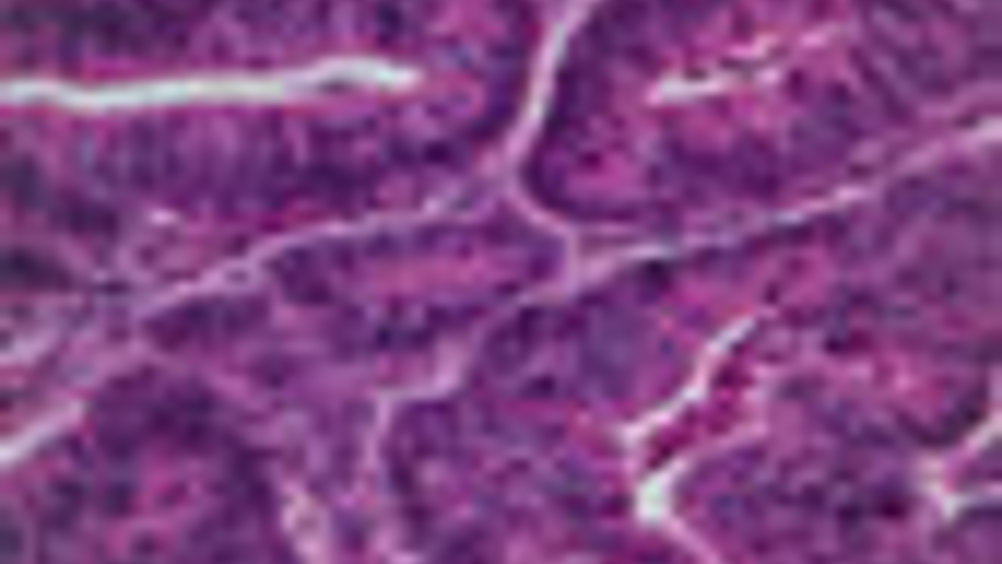Targeted delivery
A new minimally invasive procedure that attacks cancerous cells only at the site of diseased tissue is claimed to cause patients fewer ill effects.

A new minimally invasive procedure that attacks cancerous cells only at the site of diseased tissue is claimed to cause patients fewer ill effects.
The treatment, which is being studied by researchers at
and various academic institutions, involves injecting patients with microscopic polymer bubbles filled with anti-cancer drugs. The bubbles are then tracked in the bloodstream with ultrasound imaging and burst using a focused ultrasound pulse to release the drugs at the desired spot.
'Traditional chemotherapy is administered to every part of the body and is certainly an effective therapy for patients, but it does have side effects,' said Steve Klink, a spokesman for Philips. 'One way to reduce these is to reduce the dose,' he added.
But he added that while this may cut down on the side effects, it will also reduce the effectiveness.
Klink explained that with the new method the drugs are only administered to the region where they are needed. 'Of course, the microbubbles also reach other regions of the body as they travel through the bloodstream, but since the drugs are encapsulated in a microbubble patients will not feel any side effects.' he said.
Register now to continue reading
Thanks for visiting The Engineer. You’ve now reached your monthly limit of news stories. Register for free to unlock unlimited access to all of our news coverage, as well as premium content including opinion, in-depth features and special reports.
Benefits of registering
-
In-depth insights and coverage of key emerging trends
-
Unrestricted access to special reports throughout the year
-
Daily technology news delivered straight to your inbox










Water Sector Talent Exodus Could Cripple The Sector
Well let´s do a little experiment. My last (10.4.25) half-yearly water/waste water bill from Severn Trent was £98.29. How much does not-for-profit Dŵr...